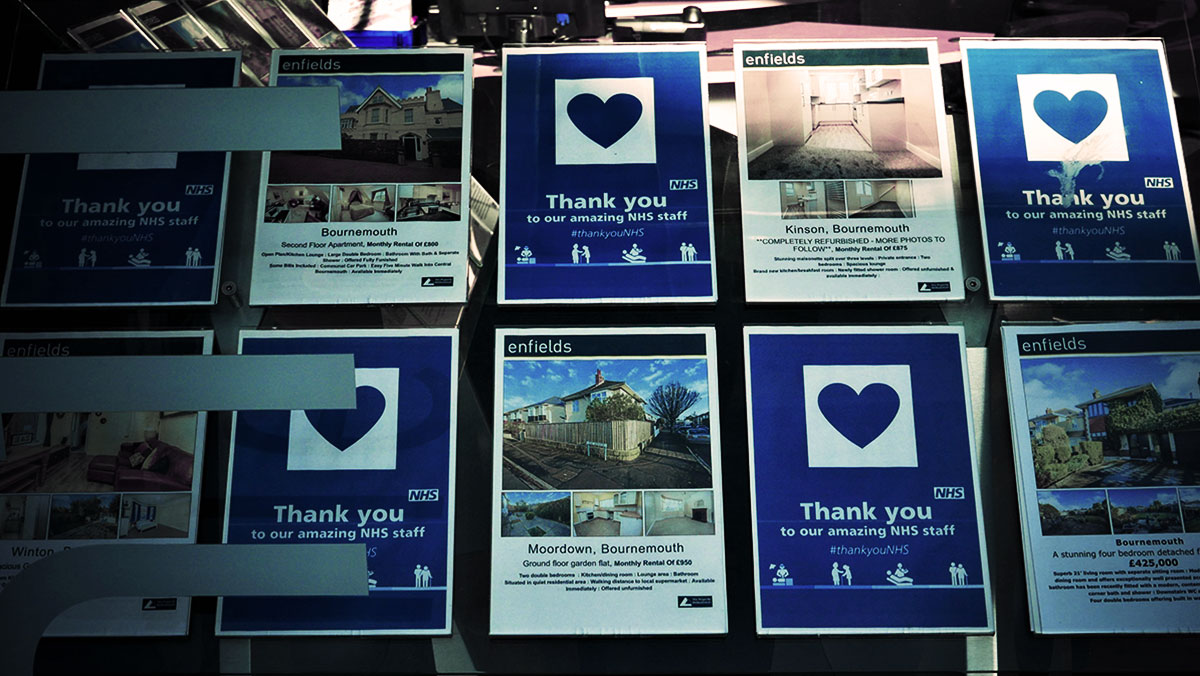
The National Health Service (NHS) was probably the UK’s most loved brand during the lockdown. At the forefront of the fight against the pandemic, the NHS became the nation’s superhero of the day, experiencing an unprecedented display of love and support from various types of commercial brands across the country. In this article, I discuss the implications of such brand associations on audience attitude, drawing mainly upon Norman Anderson’s theory of information integration.
A public perception study conducted in 2015 by Research Works indicated that the NHS was already one of the country’s most recognized and cherished brands. For instance, the researchers found that spontaneous recall of the NHS logo was very high among respondents and they also observed that the NHS was perceived as the most respected brand in the country, preceding other large corporate brands such as the Royal Family, the BBC, and even Google.
Its highly respected status in the eyes of the British public could explain why so many commercial brands wanted to show their association with the NHS brand during the lockdown. Moreover, in a period where many commercial brands found themselves in a situation of having to put their brand purpose to test, finding ways to associate themselves with the NHS seemed to be a welcomed opportunity for maintaining brand relevance and enhance brand image. We have, therefore, seen various cases of both active support (e.g., Pret offering free drinks to NHS workers) as well as passive associations (e.g., displaying a ‘Thank You NHS’ sticker on a storefront). Interestingly, in this pandemic situation, the NHS seemed to have found itself into various unsolicited alliances with various types of commercial brands, some using a lot of creativity to demonstrate brand-name fit (e.g., Pai Skincare creating pampering packages for NHS workers “to help them unwind when they get a moment to rest”).
If we analyze this phenomenon through the lens of the information integration theory, we can argue that consumers’ attitudes about a particular commercial brand can be modified when they are exposed to pieces of new information from that brand, since they go through a process of integrating the new stimuli with their existing attitudes and beliefs.
The effect of this change will be dependent on the value (positive or negative) and weight (perceived importance) of each piece of the overall communication. For example, when two brands are presented together, visually, to a target audience, new attitudes will be formed about the association that would combine with the existing perceptions about the two individual brands.
If consumers have positive attitudes towards the NHS brand and think that it is appropriate for that commercial brand to associate itself with the NHS, then this new piece of information would incline consumers to have a favorable attitude towards the commercial brand. However, attitude change will also depend on the value and weight of each new stimulus.
For example, if a consumer already had an unfavorable attitude towards a commercial brand but a very favorable attitude towards the NHS, a “We love the NHS” display on a storefront might not necessarily change the consumer’s attitude about the commercial brand, from negative to positive. However, the consumer might have a less unfavorable attitude of that commercial brand than before, if showing public support to the NHS is something that has a heavyweight and high positive value for that particular consumer.
This year, the NHS celebrated its 72nd anniversary and, in a message for the occasion, its chief executive described 2020 as “the most challenging year in the history of the NHS”. This could also be the year where NHS brand identifiers would have been the most utilized by all sorts of commercial brands in the UK. It could also have been a year of unprecedented unsolicited alliances where many commercial brands have been striving to find ways and means to demonstrate brand-name fit with the NHS. Going forward, this can be an opportunity for these commercial brands to think deeper about their company’s brand purpose and to seek more sustainable cause-brand alliances in the long term. On the other hand, the NHS could capitalize on the numerous expressions of brand love during the lockdown and negotiate more favorable associations for its own corporate brand after due diligence assessments of eligible commercial partners.
Cover image source: Tauheed Ramjaun

